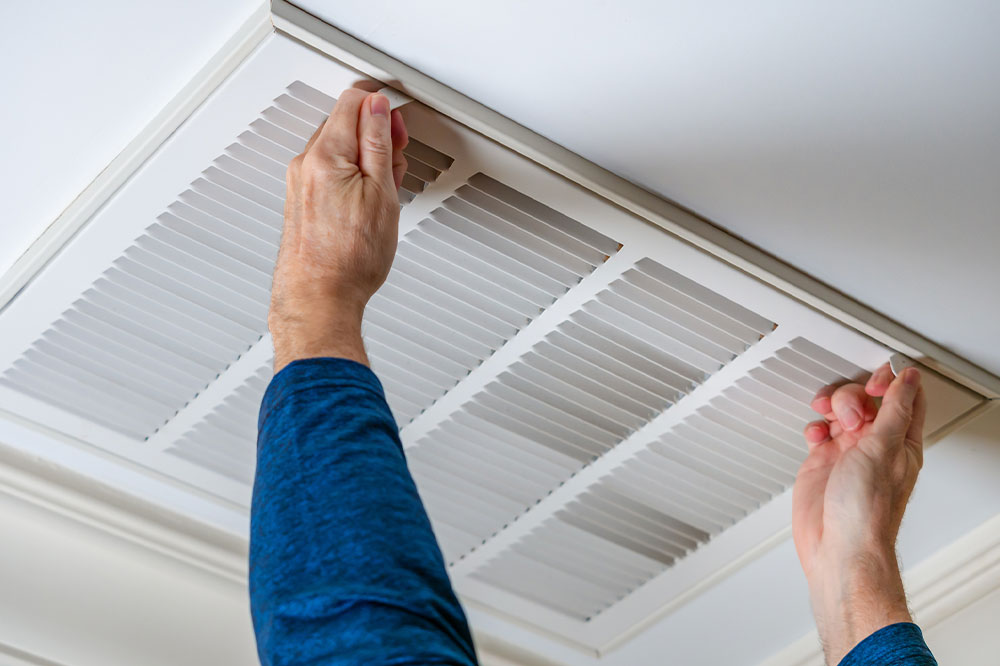Home Mold Detection: Key Strategies for a Safer Living Environment
Early detection of mold is essential for a healthy home. This article explores various mold testing methods, how to interpret results, and best practices for maintaining safe indoor air quality. Regular testing helps identify hidden mold issues, prevent health problems, and protect property. Understanding when and how to test ensures a cleaner, safer living environment for you and your family.

Home Mold Detection: Key Strategies for a Safer Living Environment
Unchecked mold growth in homes poses health risks and can cause significant property damage. Mold thrives in damp, humid areas and often remains hidden until it becomes problematic. Conducting home mold inspections is essential for early identification and prevention. This article discusses the importance of mold testing, reviews different home testing methods, and explains how to interpret results to keep your home safe and healthy.
Mold, a fungal organism, spreads through hyphal networks and releases spores into the air, potentially leading to allergies and respiratory issues.
Symptoms of mold exposure include coughing, sneezing, skin irritation, and worsening asthma symptoms. Prompt detection and removal are vital to protect your health and property.
Why Is Mold Testing Important at Home?
Hidden mold can reside behind walls, beneath floors, or inside HVAC systems, affecting indoor air quality. Home testing offers an accessible and cost-effective method to identify mold presence and severity early, enabling timely intervention to prevent extensive damage and health complications.
Different Home Mold Testing Techniques
Several testing options are available, each tailored to specific needs. Knowing these methods helps homeowners choose the best approach.
1. Air Sampling
This method uses specialized pumps and spore traps to collect airborne mold particles for lab analysis. It’s effective for detecting mold in the air but doesn’t confirm surface contamination.
2. Surface Testing
Surface samples involve swabbing or tape lifting from suspected areas. Laboratory analysis then identifies mold types present, making it useful for confirming visible growth but not airborne spores.
3. Material Testing
Bulk testing collects sections of materials like drywall or carpet suspected of mold. This provides detailed insight into material contamination, though it may require professional handling.
4. At-Home Testing Kits
Available online or in stores, these kits contain swabs or petri dishes for sample collection at home. They are affordable and convenient but may lack the accuracy of lab-based tests.
How to Read Mold Test Results
Lab reports specify mold types and their concentrations. Common indoor molds include Aspergillus and Penicillium, which impact health differently. Elevated levels suggest moisture issues like leaks or poor ventilation, requiring moisture source correction and possibly professional removal to ensure thorough cleaning and prevention.
Performing home mold tests is a crucial step toward maintaining a safe and healthy residence. Early detection minimizes health risks and structural damages, allowing homeowners to make informed decisions for moisture control and air quality management.


